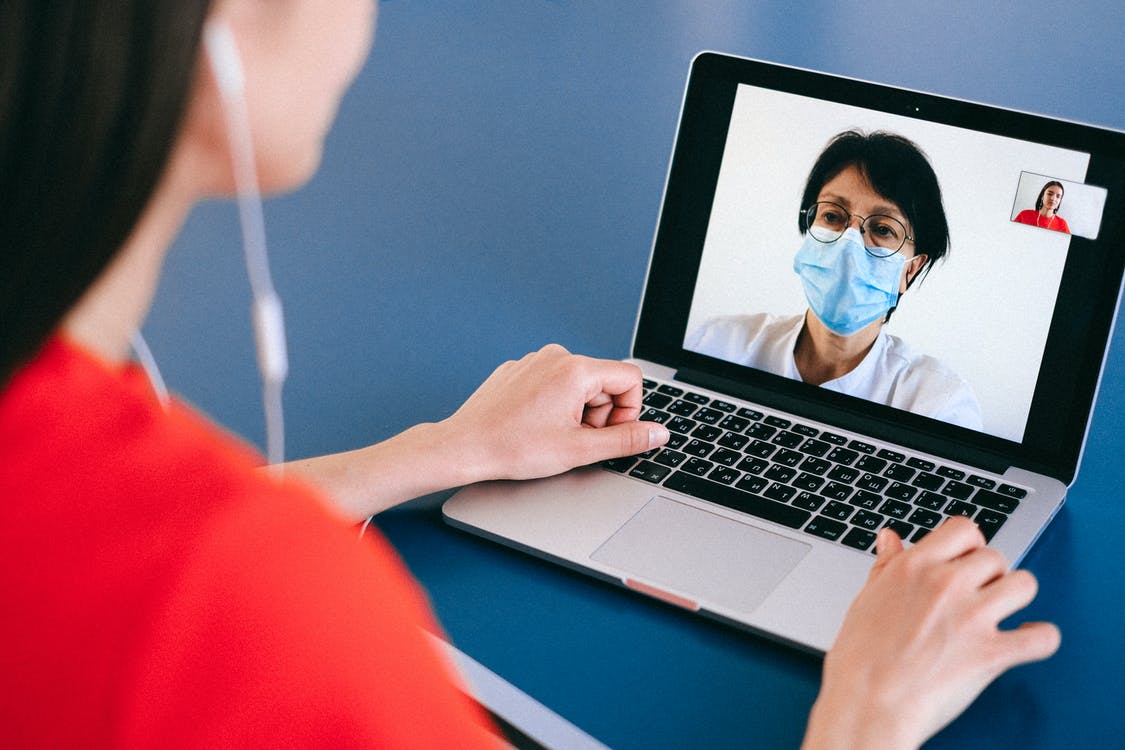You’re not alone if you’re considering telemedicine appointments for dental work. A recent survey found that nearly one-third of Americans consider using telemedicine to get dental care. But what is telemedicine, and how do these appointments work? In this blog post, we’ll answer all your questions about telemedicine appointments for dental care!
What is telemedicine?
Telemedicine is the use of technology to provide medical care remotely. This can include video chats, phone calls, and even text messages. This telemedicine solution can be used for various purposes, including diagnosing and treating illnesses, prescribing medications, and providing mental health services.
How do telemedicine appointments work?
Telemedicine appointments are similar to in-person visits, but they allow you to talk with your doctor over the phone or video chat via a dental software. A typical telemedicine appointment will involve a few steps:
Make an appointment
Before you can have a telemedicine appointment, you’ll need to schedule one with your health care provider. You can do this online or call their office and talk with a receptionist (or scheduling assistant). Once it’s scheduled, make sure that both parties know what platform they will use for the call! If possible, try testing out whatever technology ahead of time, so there aren’t any issues during the meeting itself. This way, if something does go wrong when trying to connect remotely, both parties will have time to troubleshoot it before the visit starts!
Wait for your doctor
On the day of your telemedicine appointment, make sure you’re ready at least 15 minutes early. This gives you some extra time if anything goes wrong with technology or scheduling – and allows for any unexpected delays on either side. It’s also important that whoever is there to take care of the patient knows how long they’ll be waiting to plan accordingly (like getting food prepared beforehand). If possible, try testing out whatever technology ahead of time, so there aren’t any issues during the meeting itself!
Discuss what’s going on with your health
Once you connect with a doctor through video chat or phone call, discuss your symptoms and medical history as you would during a regular appointment. The doctor will get a good sense of what’s going on and may ask additional questions or request that you send over any relevant information (like test results).
Receive care
After the discussion portion of the appointment is done, the doctor may provide care remotely. This could include prescribing medication, providing advice, or sending a referral for further treatment. If needed, the doctor can also arrange for an in-person visit.
What are the benefits of telemedicine appointments?
Telemedicine appointments offer several benefits:
- They’re more convenient than traditional in-office visits – no need to drive to your provider’s office or take time off from work!
- Convenience: Telemedicine appointments are available 24/seven, so you can choose a time that’s convenient for you.
- Privacy: Telemedicine appointments offer privacy and discretion since you can have your appointment from the comfort of your own home.
- Access to specialists: Some telemedicine services offer access to specialists who may not be available in your area.
- You can participate from anywhere as long as there’s an internet connection (or phone) available to use. This means traveling patients don’t have to worry about missing out on care while they’re away from home – schedule a call with their doctor and get treated remotely!
- They save money on travel costs like gas or parking fees because you won’t need those for telemedicine visits. Plus, the provider doesn’t need extra space since everything is done over video chat instead of in person at a clinic or hospital setting. In many cases, telemedicine appointments are cheaper than traditional appointments.

